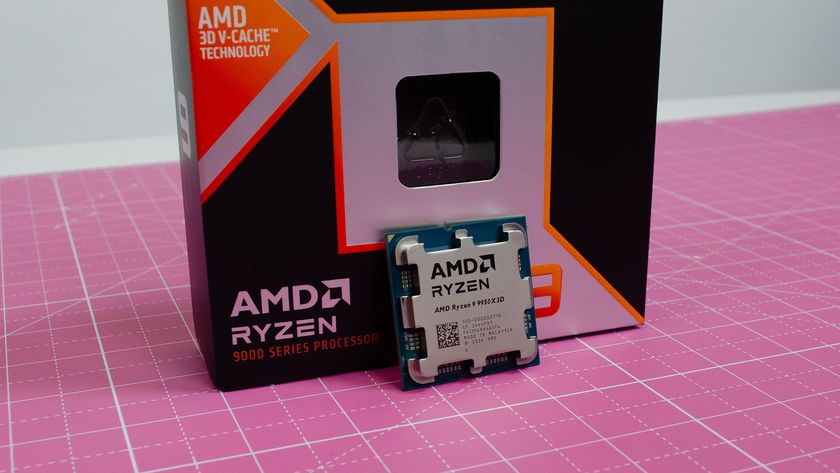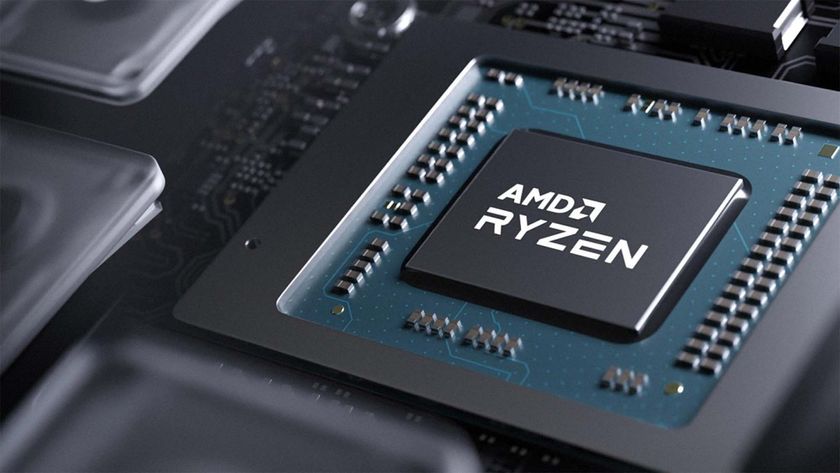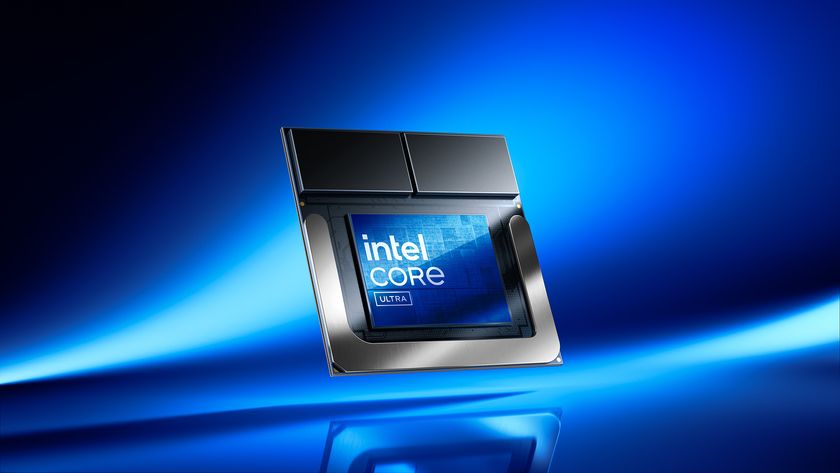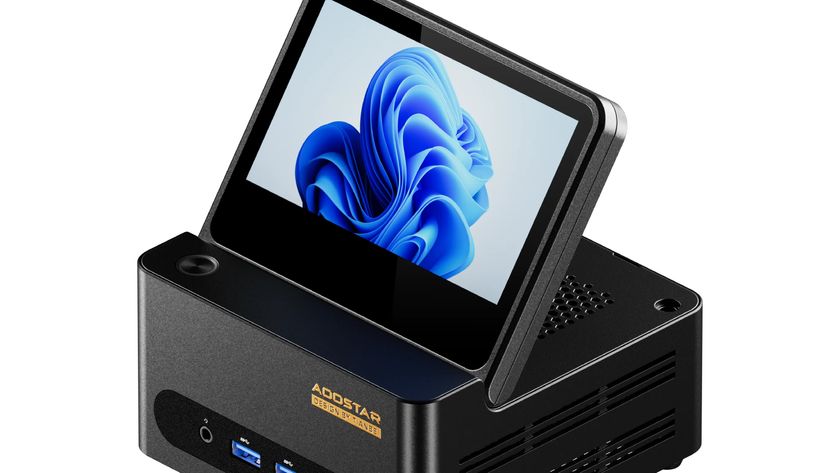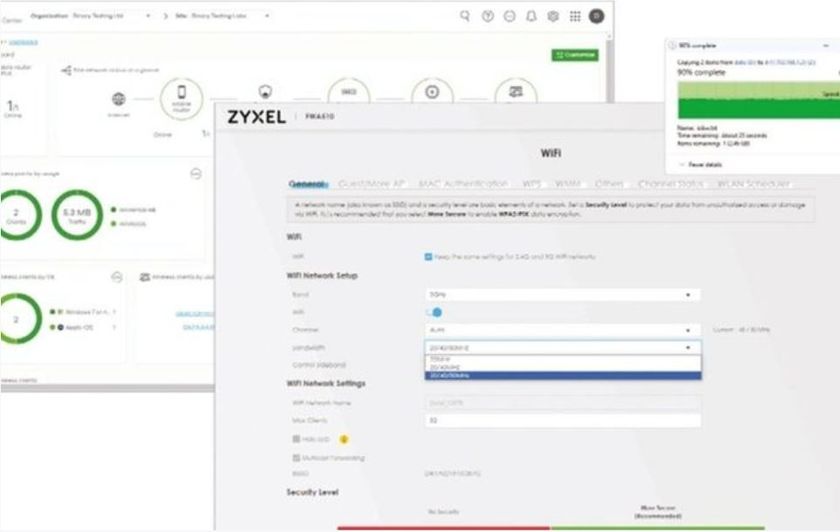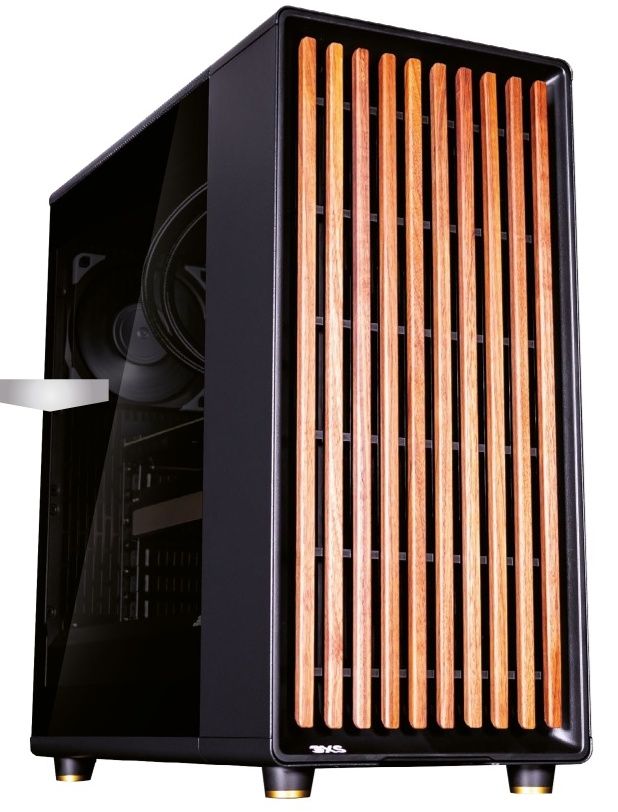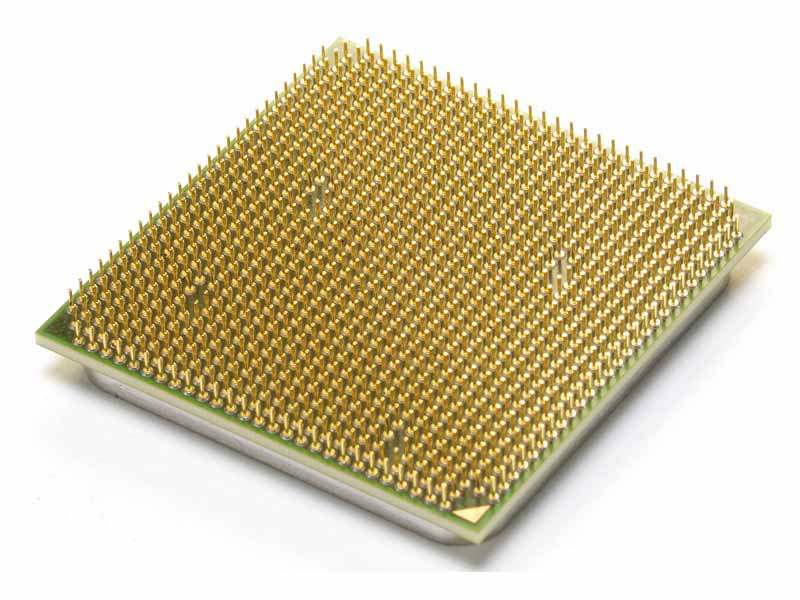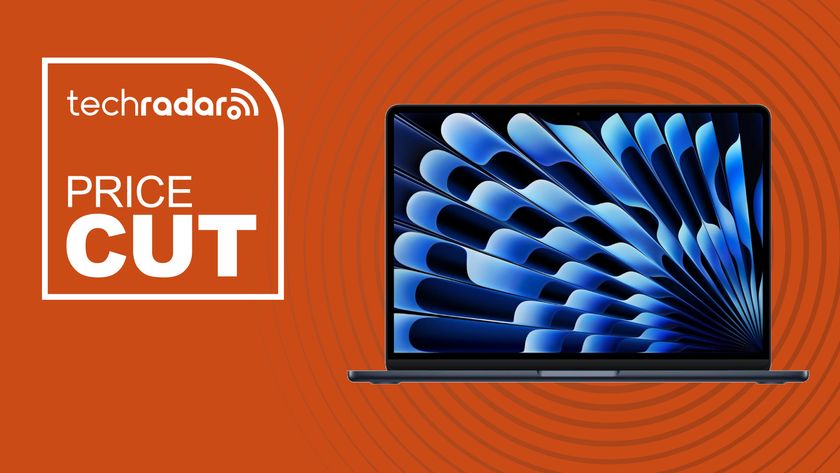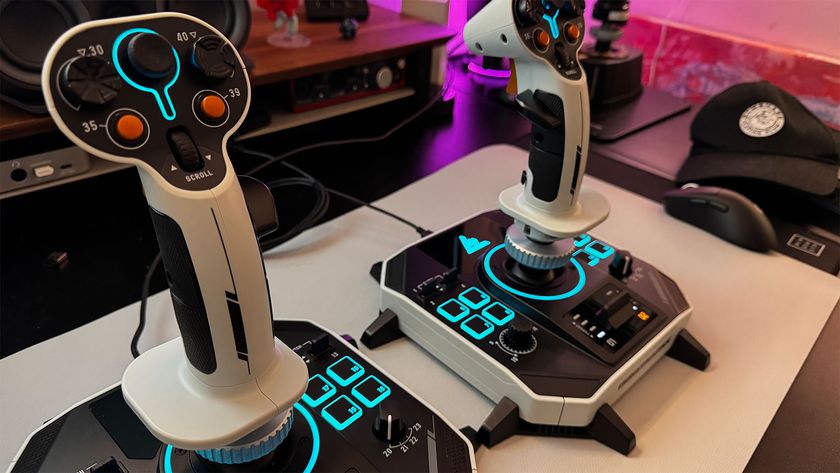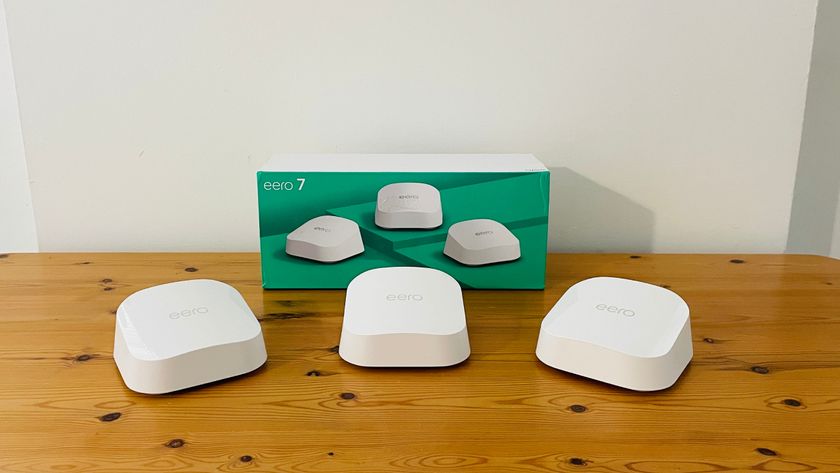TechRadar Verdict
AMD has brought two years of pain to a close. Phenom II is competitive where it counts
Pros
- +
So much better than the Phenom Mk 1
- +
AMD's new 45nm process is a winner
- +
Extremely competitive with Core 2 chips
Cons
- -
Intel's Core i7 retains a comfortable lead
Why you can trust TechRadar
Last month we gave caution a kicking and proclaimed AMD's return from the dead.
Our first taste of AMD's new 45nm CPU architecture came with Opteron server sauce and it went down pretty well. Now AMD has served up the main desktop 45nm course in the form of the new Phenom II X4 quad-core chip.
Without giving away too much too soon, let's just say it's good enough to guarantee that the one thing we won't be eating is our own words.
Meet Deneb
Allow us, therefore, to introduce Deneb, as AMD's new quad-core 45nm desktop processor is codenamed.
The story behind it is very simple. It's all about the silicon. 45nm silicon, that is, because architecturally speaking the Phenom II processor is largely the same old CPU design we've seen since the Athlon 64 appeared in 2003. Yup, that's absolutely aeons ago in CPU years. Tellingly, Intel has been through several radically different CPU architectures in that time, the latest of course being the ineffably awesome Core i7.
The funny thing is, though, the basic architecture of AMD's CPUs hasn't actually been the main problem holding it back. It's been the silicon. Right from the get go, AMD's existing 65nm silicon production node has been a significantly limiting factor.
Processor problems
Wind your mind back to the end of 2006 and you'll recall the first 65nm Athlon X2 dual-core processors actually ran slower than the previous 90nm generation.
We quizzed AMD at the time and it returned a nonchalant response, pretending it was normal for the first chips on a new node to run at modest clockspeeds. Wait and see, we were told, the 65nm silicon will scale very nicely in the long run.
It never happened. Making matters worse, AMD's processor architects then did a pretty good job of hosing any chance the original Phenom had of being competitive by garnishing it with minor bugs and faults. For starters, there was the well publicised TLB bug that blighted early Phenoms, requiring a BIOS workaround that cost the sort of performance these struggling chips simply couldn't afford to give up.
Disappointing speeds
However, more damaging in the long run were the speed path issues that have held back all Phenom processors. In simple terms, speed path problems involve isolated areas of circuitry that stubbornly refuse to maintain stability at high clockspeeds.
Together, the troubled 65nm production process and Phenom design problems have meant that through the end of 2008, the best AMD could do was a rather hot and bothered 2.6GHz quad-core CPU.
All the while Intel breached 3GHz with ease – and with an architecture that did significantly more work per clock, to boot.
Never go back
But that was then. The now for AMD is looking a whole lot better. For starters, the top chip in the new Phenom X4 range, the 940 Black Edition, runs at 3GHz on the nose, well above the maximum speed of the 65nm generation of quad-core processors.
Indeed, so bullish was AMD about its new 45nm process, it flew us out to the US late last year to demonstrate chips running as fast as 6GHz with the aid of exotic cooling measures.
Crucially, therefore, the 45nm node is healthy. As well as higher clocks, AMD reckons the new process enables a power efficiency improvement of around 35 per cent. As we shall see, that claim is, if anything, an understatement.
AMD has pulled off the extremely clever trick of boosting clockspeeds and performance while bringing both operating temperatures and power consumption down. Shades of Intel Core 2? You betcha.
Cache boost
But before we divulge the full details of Phenom's performance, we need to do the housekeeping on the handful of detail changes AMD has made to its processor architecture in the shift to 45nm.
The most obvious change is a boost in shared L3 cache memory from 2MB to 6MB. Add in the 512k of L3 cache attached to each core and you have a grand total of 8MB.
It's that boost in cache that swallows up the bulk of the increase to 758 million transistors for the new 45nm Deneb core.
New socket
AMD has also overhauled both the chip's memory controller and HyperTransport communications link. The former receives support for DDR3 memory. The latter is now the full HyperTransport 3.0 Monty. However, both of those upgraded features are dependent on the presence of the new AM3 socket, due out later this year.
AM3 will, of course, be physically compatible with the existing AM2 and AM2+ sockets. Should you choose, you can buy your Phenom II today, drop it into an AM2 board and then swap it over to an AM3 board in future, exposing the added functionality.
Finally, the execution cores have been massaged with a view to releasing a few more instructions per clock, otherwise known as IPC. But even AMD concedes the improvement in IPC only aids overall performance by a few percentage points.
As we said, Deneb is not a revolutionary new architecture. But thanks to the 45nm silicon and a general lack of brokenness, it has every opportunity to fulfil its potential.
Cost is everything
As ever for AMD, pricing will be key. At launch, the top AMD Phenom II X4 940 BE slots into the narrow gap between Intel's Core 2 Q9400, which generally goes for about £215, and the new entry-level Core i7 chip, the 920, typically yours for around £240.
The 3GHz Phenom II X4 940 is also joined by the slightly cheaper 920 model. It's mostly identical to the 940, includes the full 8MB of cache but runs at 2.8GHz. It also lacks the 940's OC enthusiast-friendly unlocked multiplier.
This month, it's the 940 Black Edition we've taken for a spin. First impressions are unambiguously good. In our tests, the new chip manages to not only reduce power consumption by an enormous 56 Watts compared to the outgoing old 65nm Phenom X4 9950 Black Edition, but it also runs fully 25°C cooler. And that's despite the 400MHz increase in clockspeed. In our deepest Quake III voice, that is IMPRESSIVE.
Gaming performance
Another pleasant surprise is how well it stacks up against the Core 2 Q9400 CPU.
Essentially, it trades blows with the Q9400, winning in media encoding and professional rendering and coming up only a tiny bit short in the Crysis Warhead and Blu-ray decoding benchmarks.
Admittedly, the Core i7 920 does give it a moderately hefty shoeing. However, with the current prices of Core i7 motherboard's being well north of £200, not to mention the added cost of properly populating that Core i7's monstrous triple channel memory controller, there's a substantial hidden price differential beyond the mere cost of the CPUs in question.
If there's one area where the Phenom II slightly disappoints, though, it's in sheer overclocking prowess. The 3.7GHz our sample is capable of is extremely solid, even if it does require you to be a bit of a mentalist with the voltages (1.575v, if you must know).
But after watching Phenoms running at 4GHz on air cooling in the Lone Star State late last year, we were expecting just a tiny bit more. Despite this, with everything else the AMD Phenom II X4 840 BE serves up tasting so good, that's certainly something we can swallow.
Technology and cars. Increasingly the twain shall meet. Which is handy, because Jeremy (Twitter) is addicted to both. Long-time tech journalist, former editor of iCar magazine and incumbent car guru for T3 magazine, Jeremy reckons in-car technology is about to go thermonuclear. No, not exploding cars. That would be silly. And dangerous. But rather an explosive period of unprecedented innovation. Enjoy the ride.
